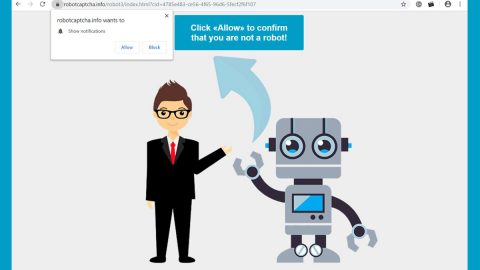
As you should know, Mouse or Trackpad is the primary input device used by Windows computers. And of course, it also has its issues where you can suddenly notice slow response when you right click or it is not working at all. If you are facing this problem right now, then read on as this post will help you fix this kind of problem.
If the right click button of your mouse is not responsive or is not working and is slow to open on your Windows 10 PC, here are some options you need to check out to fix the issue. The problem could stem down from either a hardware or software issue so be sure to check out the two options provided below and see which one applies to your case.
Option 1 – Hardware issue
The problem could be caused by some real hardware issue so you have to check your trackpad or mouse for any physical damages. And if you are using a mouse, you can try connecting it to other devices so you could check its operation and isolate the problem. On the other hand, if you are using a trackpad, you can connect an external mouse and check if the right-click works or not. However, if you don’t have access to any other external device, you can just swap the mouse buttons and see if the right-click function is working or not. To swap buttons, go to Devices, and then go to Mouse. After that, change the settings which say to “Select your primary button”. Then try testing the right-click function again.
If the problem is indeed caused by some hardware-related issue, you can take your device to a service center to get it fixed or you can just simply replace it.
Option 2 – Software issue
If your mouse or trackpad is both physically fine, then the problem must have something to do with the software. For you to identify the root cause of the problem, you can perform a clean boot and see for yourself. To perform a clean boot, refer to these steps:
- Log onto your PC as administrator.
- Type in msconfig in the Start Search to open the System Configuration utility.
- From there, go to the General tab and click “Selective startup”.
- Clear the “Load Startup items” checkbox and make sure that the “Load System Services” and “Use Original boot configuration” options are checked.
- Click Disable all.
- Click on Apply/OK and restart your PC. (This will put your PC into a Clean Boot State. And configure Windows to use the usual startup, just simply undo the changes.)
After putting your PC in a Clean Boot State, try creating a system restore point and see if the problem still occurs. Clean Boot troubleshooting is designed to help you isolate the problem. For you to execute a clean boot troubleshooting, you must do a couple of actions (the steps are given above) and then restart your PC after every action. You might have to disable one third-party app after the other to really isolate the issue. And once you’ve narrowed down the problem, you can either disable the third party app that’s causing the problem or remove it. Note that you must switch your PC back into the Normal Startup mode after you’re done troubleshooting the problem. Here’s how you can do it:
- From the “Start” menu, go to System Configuration.
- After that, switch to the General tab and click the option for “Normal Startup”.
- Next, go to the Services tab and clear the checkbox for “Hide all Microsoft services”.
- Then find and click “Enable all” and if prompted, you have to confirm.
- Afterward, go to the Task Manager and enable all the Startup programs and confirm the action.
- Restart your PC when prompted.
If neither of the options provided above worked out for you, there is a one-click solution known as [product-name] you could check out if you suddenly find the right-click function unresponsive or not working. This program is a useful tool that could repair corrupted registries and optimize your PC’s overall performance. Aside from that, it also cleans out your computer for any junk or corrupted files that help you eliminate any unwanted files from your system. This is basically a solution that’s within your grasp with just a click. It’s easy to use as it is user-friendly. For a complete set of instructions in downloading and using it, refer to the steps below.
Perform a full system scan using [product-code]. To do so, follow these steps:
- Turn on your computer. If it’s already on, you have to reboot
- After that, the BIOS screen will be displayed, but if Windows pops up instead, reboot your computer and try again. Once you’re on the BIOS screen, repeat pressing F8, by doing so the Advanced Option shows up.
- To navigate the Advanced Option use the arrow keys and select Safe Mode with Networking then hit
- Windows will now load the SafeMode with Networking.
- Press and hold both R key and Windows key.
- If done correctly, the Windows Run Box will show up.
- Type in the URL address, [product-url] in the Run dialog box and then tap Enter or click OK.
- After that, it will download the program. Wait for the download to finish and then open the launcher to install the program.
- Once the installation process is completed, run [product-code] to perform a full system scan.
















